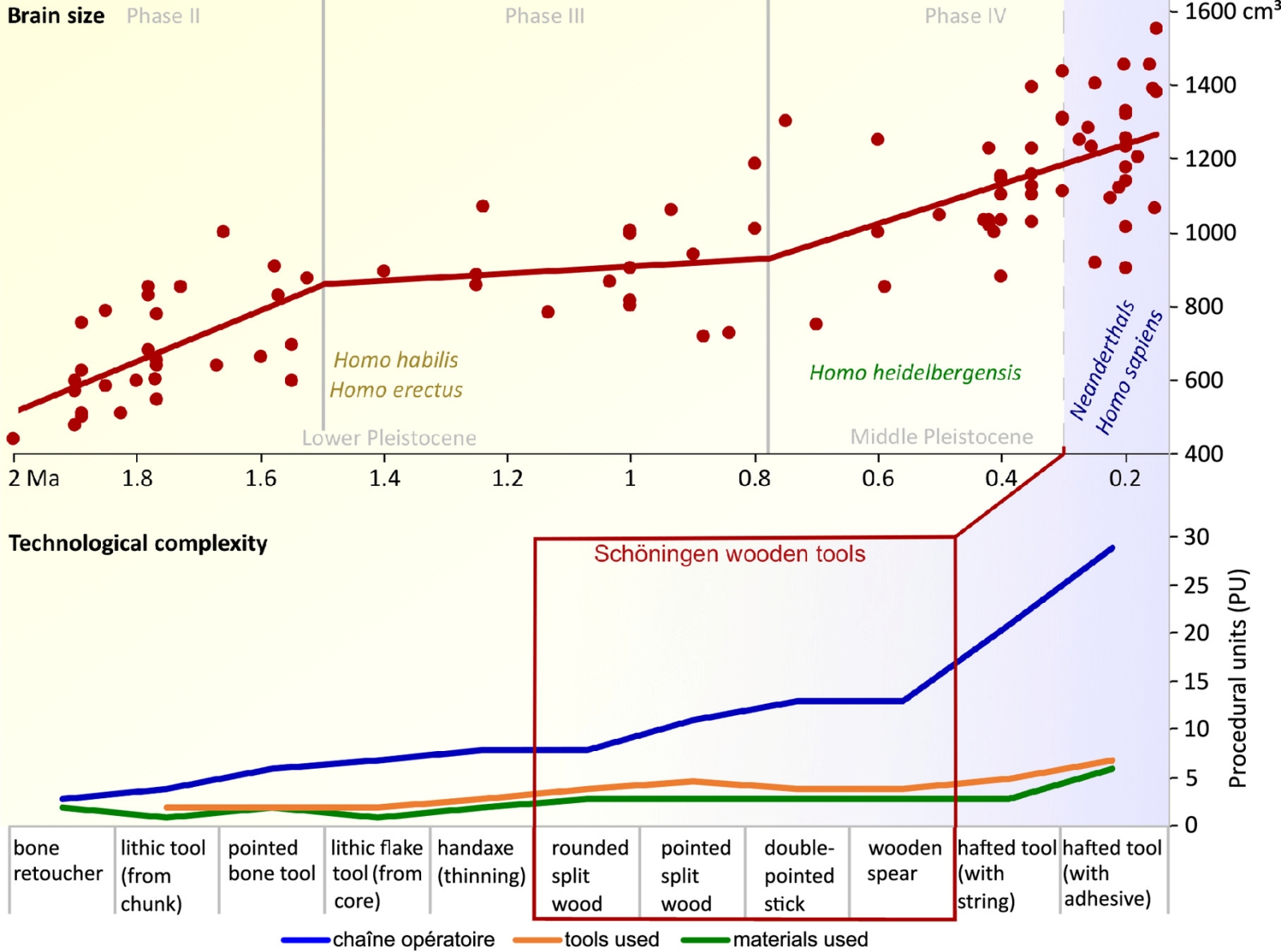ForumIAS announcing GS Foundation Program for UPSC CSE 2025-26 from 18th June. Click Here for more information.
Source-This post on Stone age and related study has been created based on the article “Was the Stone Age actually the Age of Wood?” published in “Indian Express” on 24 May 2024.
Why in News?
New research suggests that the Stone Age, a longprehistoric period known for human and ancestral use of stone tools, could be just as aptly called the ‘Wood Age’.
About the new research and its findings

1. New research from Schöningen, Germany, where wooden tools dated between 300,000 and 400,000 years old were found, suggests these weren’t just simple sticks but complex tools requiring skill and time to create.
2. The study reveals a variety of woodworking techniques such as splitting, scraping, and abrasion, indicating a sophisticated understanding of wood manipulation.
3. Thomsen’s Chronology: Christian Jürgensen Thomsen, a 19th-century Danish archaeologist, categorized human prehistory into the Stone Age, Bronze Age, and Iron Age. This chronology, though refined, largely shapes our understanding of human technological progress.
4. The study also reveals that despite the abundance of wood as a resource, archaeological evidence of its use is scarce compared to stone, bone, and clay due to preservation issues.
5. Importance of Schöningen Findings: The site in Schöningen provided well-preserved wooden tools due to its damp, oxygen-poor soil conditions.
This discovery challenges the notion that early humans primarily used stone, highlighting a potentially greater role for wood.
Schöningen’s Insights into Early Human Behavior

1. Discovery of Spears: In the mid-1990s, archaeologist Hartmut Thieme discovered wooden spears alongside stone tools and remains of wild horses, suggesting early humans were not mere scavengers but skilled hunters.
2. Complex Tool Use: Further analysis of these tools using advanced technology like 3-D microscopy and micro-CT scanners revealed sophisticated techniques such as wood splitting, previously thought unique to modern humans.
About stone age
1. The Stone Age is a prehistoric period that spanned from about 3.4 million years ago to 12,000 years ago.
2. This era accounts for 99% of human history and is noted for the initial use of stones for tools, weapons, and fire-making by early humans.
3. This period marks the evolution from nomadic hunter-gatherers to settled agricultural societies, including the domestication of animals and the innovation of tool usage.
Divisions of the Stone Age
1. Palaeolithic Period (Old Stone Age): From the first use of stone tools up to the end of the last Ice Age, approximately 2.5 million to 10,000 years ago.
It is characterized by a nomadic existence with groups living in caves or forests. Technological and Cultural Development Included the creation of simple stone tools and cave paintings.
2. Mesolithic Period (Middle Stone Age): This follows the Palaeolithic, lasting from the end of the last Ice Age to the onset of agriculture. A warmer climate which supported early farming developments and the domestication of animals.
This featured more sophisticated stone tools, including the prepared-core technique, allowing the production of similarly shaped tools from the same stone.
3. Neolithic Period (New Stone Age): It begins with the start of farming and lasts until the introduction of metal tools, marking the beginning of the Bronze Age. Transition from nomadic to sedentary lifestyles, forming villages and towns has been seen.
This age witnessed animal domestication, the advent of agriculture, and the creation of pottery and textiles.
UPSC Syllabus: Art and culture



